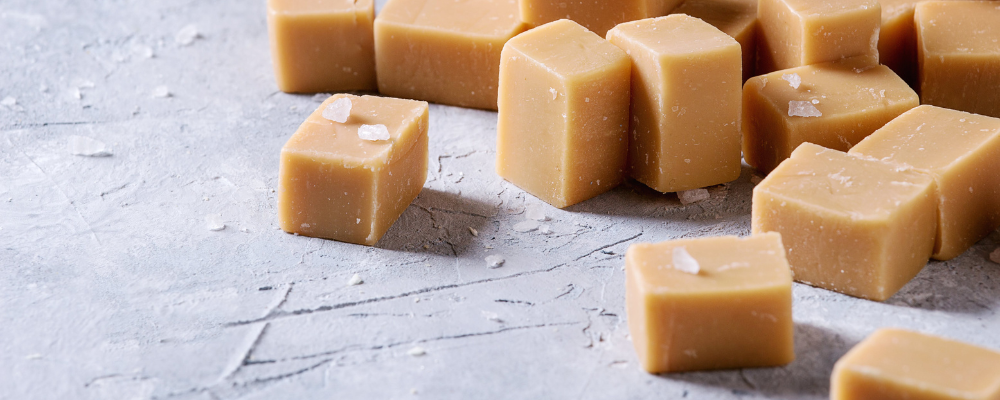The History of Fudge

Fudge has been a beloved sweet treat for generations, but where did it come from? The origin of fudge is shrouded in mystery, but there are a few theories about its beginnings.
One popular story traces the history of fudge back to the late 19th century in the United States. According to this tale, a batch of caramels was accidentally overcooked, resulting in a grainy texture. However, the candy still tasted delicious, and thus fudge was born.
Another theory suggests that fudge may have been brought to America by English, Scottish, or Irish immigrants. These groups were known for their love of sweets, and it is possible that fudge was a traditional treat in their homelands.
Regardless of its origins, fudge quickly gained popularity and became a staple of candy shops and bakeries around the world. In fact, the first known mention of fudge in print was in a letter from a Vassar College student in 1892, who described a batch of "fudges" that she had made for her friends.
Over time, various flavors and variations of fudge emerged. Chocolate fudge, peanut butter fudge, and maple fudge are just a few of the many types of fudge available today. Some recipes call for nuts, marshmallows, or other add-ins to give the candy even more flavor and texture.
One unique type of fudge that has gained popularity in recent years is "Penuche" fudge. This version is made with brown sugar instead of white sugar, giving it a distinct caramel-like flavor. Penuche fudge is particularly popular in New England and is often enjoyed during the fall and winter months.
In conclusion, while the exact history of fudge may never be known, it is clear that this sweet treat has captured the hearts (and taste buds) of people around the world for over a century. Whether you prefer classic chocolate fudge or a unique flavor variation, there is no denying that fudge is a beloved candy that has stood the test of time.



Comments